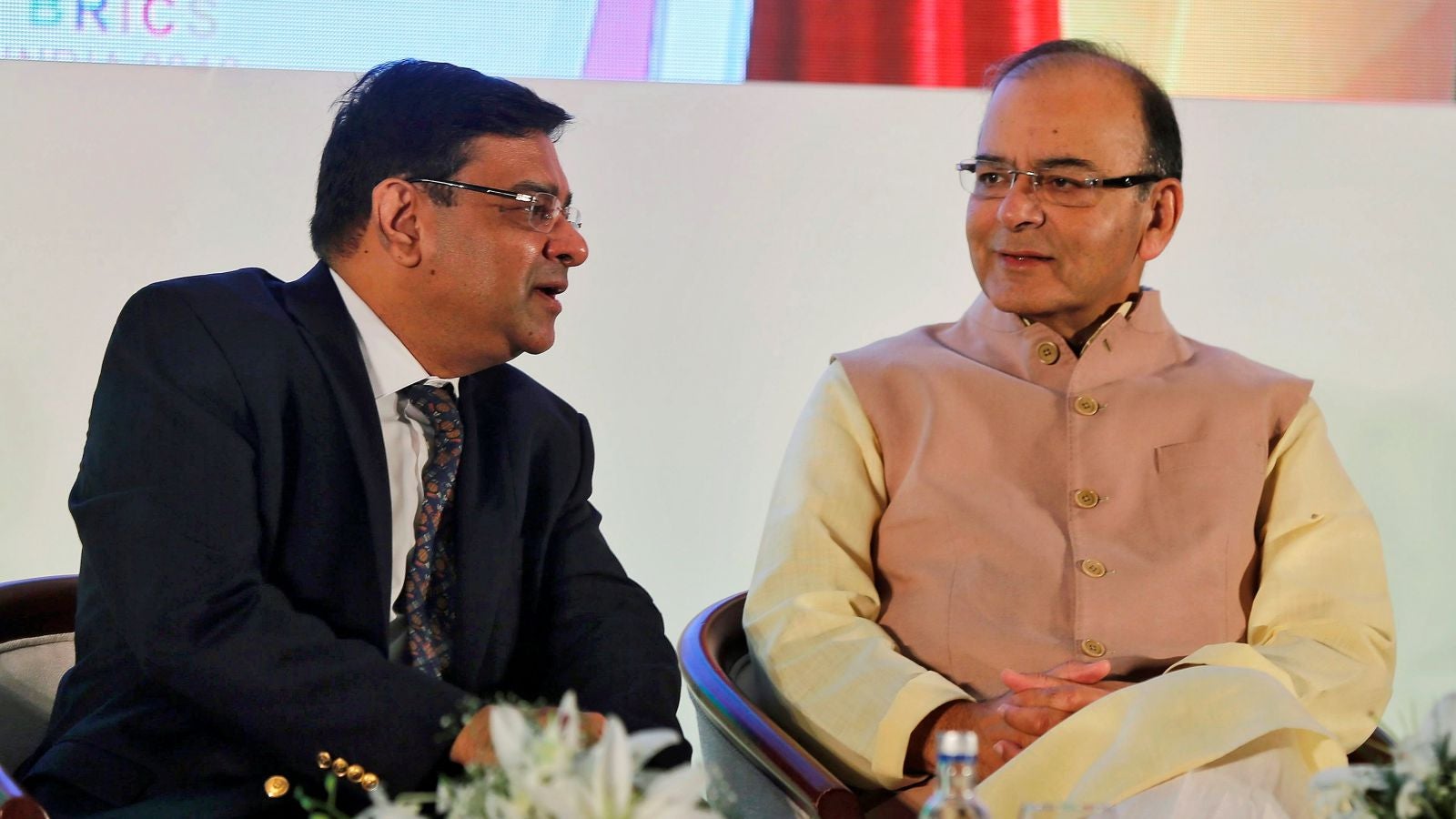India’s central bank and government call truce after nine-hour meeting
After weeks of open sparring, India’s central bank and the Narendra Modi government seem to have found middle ground.


After weeks of open sparring, India’s central bank and the Narendra Modi government seem to have found middle ground.
A marathon nine-hour meeting attended by all 18 of the Reserve Bank of India’s (RBI) board members yesterday (Nov. 19) has helped clear the air on a number of issues, an RBI statement suggests.
The points of contention included the government’s reported move to tap into the RBI’s excess capital reserves and its demand to ease lending norms to small businesses, a statement issued by the RBI after the meeting suggests. There has also been some progress in easing the RBI’s prompt corrective action (PCA) framework and the high capital requirements for banks, which severely restricted the lending abilities of banks hit by bad loans.
Tensions had been rife following an Oct. 26 speech by RBI deputy governor Viral Acharaya, in which he warned of the “potentially catastrophic” consequences of government interference. Things hit a crescendo in the following weeks with talks rife of governor Urjit Patel even quitting his position.
For now, though, the spat is over. Here’s a look at the various flashpoints and the solutions that emerged from the board meeting.
The RBI’s surplus reserves
“The board decided to constitute an expert committee to examine the economic capital framework, the membership and terms of reference of which will be jointly determined by the government of India and the RBI,” stated the central bank’s press note, released late on Nov. 19 after the meeting.
Every year, the RBI transfers a certain sum to the government’s coffers as dividends. The Modi government had been angling for more, irking Patel and team. Earlier this year, the central bank reportedly rejected the government’s demand for an additional Rs13,000 crore in annual dividend. In financial year 2017, it had transferred only Rs30,659 crore, less than half the government’s expectations.
The total reserves with the RBI stood at Rs9.6 lakh crore at the end of its financial year ended June 2018 (the RBI follows a July-June calendar), up from Rs8.38 lakh crore in the previous year.
S Gurumurthy, a government-appointed nominee on the RBI board had rued before the meeting that the banking regulator already had reserves worth up to 28% of its assets while, he claimed, studies suggested that the central bank’s surplus reserve should be between 12% and 18.76% of its assets.
Relaxation of rules for MSMEs
The government had also been pushing the RBI to relax the bad-loans restructuring norms for micro, small, and medium enterprises (MSMEs), a request that it has finally given in to. The board has advised the central bank to consider a scheme for “restructuring of stressed standard assets” of borrowers with aggregate credit facilities of up to Rs25 crore, the RBI said.
A loan slips into the non-performing assets (NPA) category if the repayment is not made within 90 days of the due date. Earlier, the government had sought an increase of the NPA classification period to up to 180 days.
Banks under PCA
Following an increase in bad loans, the apex bank had put 11 out of 21 government-owned lenders under a PCA framework. Under this, several restrictions are placed on banks till its balance sheet improves. This was another sore point for the government, so the RBI has now agreed to take a relook.
“With regard to banks under PCA, it was decided that the matter will be examined by the board for financial supervision (BFS) of RBI,” said the central bank’s statement. The BFS includes the governor, the deputy governors, and four other members from the central board, and is tasked with undertaking consolidated supervision of the financial sector.
Banks’ capital adequacy
The RBI mandates that lenders should maintain a capital adequacy ratio (CAR) of 9%. This is the share of funds a bank maintains as a buffer and serves as an indicator of the institution’s financial health.
The government had asked the RBI to relax the CAR requirement to 8% under the global BASEL III norms. This would have freed up more capital that the lenders could then deploy commercially.
However, the RBI hasn’t budged, instead providing a different breather to banks. “The board, while deciding to retain the CAR at 9%, agreed to extend the transition period for implementing the last tranche of 0.625% under the capital conservation buffer, by one year, i.e., up to March 31, 2020,” said the RBI.
This extension is expected to provide additional capital in excess of Rs30,000 crore to banks.
Some pressing issues, such as the NBFC-liquidity crisis and the RBI board’s governance are yet to be discussed, according to a report by the Business Standard newspaper. These are likely to come up for discussion in the next board meeting on Dec. 14.